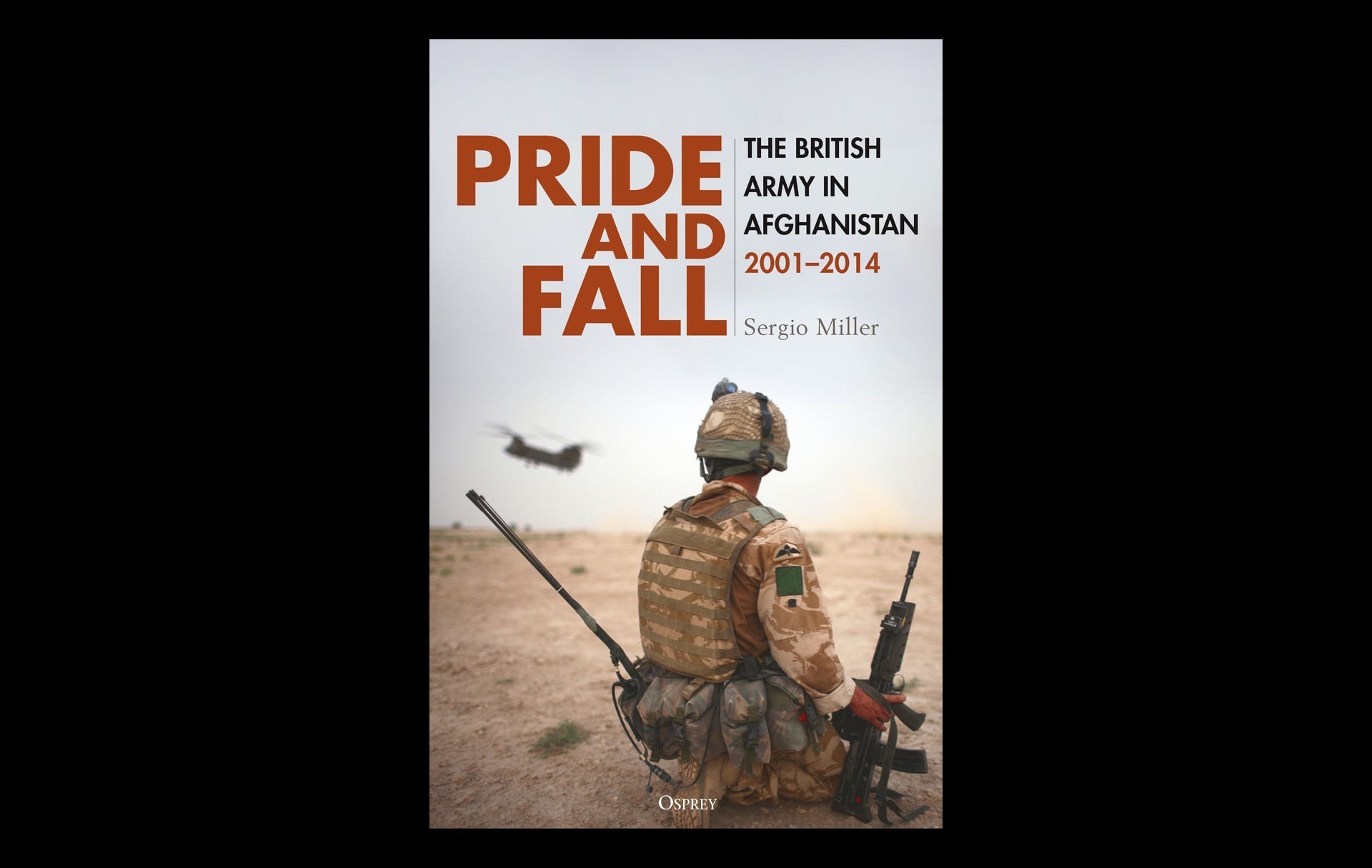
On 11 September 2001, 19 al-Qaeda-inspired jihadists hijacked four aircraft and mounted the deadliest terrorist attack in history. The outrage triggered a chain of events that saw British forces drawn into a lengthy military campaign against a fierce insurgency in Afghanistan.
In the immediate aftermath of the 9/11 attacks, NATO invoked Article 5 of the Washington Treaty that obligated military assistance to the United States. The British government supported the initial US invasion of Afghanistan in 2001, and subsequently committed troops to Kabul and Northern Afghanistan from 2002 onwards. However, in January 2006, following NATO’s expansion southwards, Britain committed a battlegroup from the Parachute Regiment to Helmand Province in what became known as Operation Herrick, with the hope that British troops could ‘leave in three years without firing one shot’.
The reality was very different. From 2006 to 2014, a succession of British task forces rotated through Helmand and fought against an implacable enemy. When they finally withdrew in 2014, British forces had suffered losses of 456 killed and over 2,000 wounded. The Taliban were not defeated and would grow stronger.
Sergio Miller served in Defence Intelligence in Whitehall throughout the campaign, and Pride and Fall answers the many questions surrounding the conflict. Based on abundant open- source material generated by the war and first-hand testimonies, this is the story of the men and women who served.

























